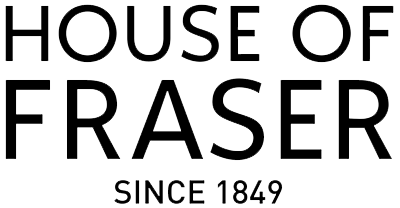The retail industry has never been so competitive. On one hand, market-leaders including Amazon and Alibaba are casting an ever-growing shadow on the entire industry with their increasing firepower. On the other hand, customer experience plays a big role in retailers’ ability to thrive and grow. In this context, delivering a positive experience when customers have problems with a brand is vital for sustained success.
It’s common for issues to occur during a buying journey. That can be customers struggling to place an order, a payment not going through, or a parcel turning up late. Hiccups happen, and, much like stalling a car during a driving test, recovery is key. Done right, complaint handling can go further than resolving a customer’s problem – it can leave them walking away with a positive view of the experience. Dealing with complaints well could even be the differentiator for businesses operating in an increasingly challenging retail environment, where good customer service can help brands increase buyer loyalty and take market share.
Complaint handling is an art that many companies struggle to perfect, but it’s vital to master – especially in this age of social media, where conversations between customers and companies often take place online for all to see. Resolving a complaint quickly, and effectively, is particularly critical on a platform like Twitter, where other shoppers are often watching and waiting to see how a company will deal with criticism. Handled poorly, it can drive customers away from a brand and switch loyalty to a competitor. Done well, it can lead to positive engagement and an increase in orders.
Fostering brand loyalty and attracting new shoppers are just two benefits of successful complaint handling – as evidenced by brands like Greggs, Sainsburys and Argos – but how can organisations master this?
- Act fast. In a call centre industry, one of the key metrics that agents are measured on is how quickly they handle a call and get ready for the next one. Efficiency is the key word, but too often this comes at the expense of quality and satisfaction. Bad customer service costs UK companies over £37 billion a year; conversely, good customer service can help retailers survive and thrive in the challenging retail landscape.
Call routing and audience mapping are two technologies that companies can use to increase the speed and quality of their response. By assigning dynamic phone numbers to specific product pages and campaigns, a call can be routed to an agent responsible for that particular audience segment. These handlers will be trained to answer queries, offering an expert level of customer service and helping increase sales conversion rates across a business. These tools are particularly effective for turning browsing into buying on big-ticket items like cars, real estate and luxury goods.
- Understand the caller. Being aware of the context of the customer’s call enables efficient and high-quality customer care. Businesses should therefore invest in technologies that provide extensive data insights, which can facilitate better customer-brand interactions. For example, using dynamic phone numbers can also be used to track a customer’s previous website browsing and calling history – so a call handler knows what previous interactions the customer has had with the brand. This adds context and helps agents offer a more personalised service.
Other insights can be gathered and used – like knowing what device a buyer is phoning from. This helps assess a caller’s level of patience – to further improve the customer service level.
- Getting the full picture. Most phone calls happen as a natural transition from a previous online journey. Therefore, connecting the dots between offline and online interactions will enable retailers to help customers quicker, and better. Knowing something as simple as where a caller is phoning from on a company website – for example, a complaint page – will enable an agent to immediately identify what a customer needs.
An unhappy customer could quickly turn to an incensed one, if the agent doesn’t know that the person on the other end of the line is having problems – and handles the call wrongly. On the other hand, if a caller is taken straight through to someone who then resolves their issue quickly and painlessly, they will likely end the call in a positive mood. That feeling of satisfaction a customer has, when they have been listened to and their problem has been dealt with, is what brands need to aim for. Insights and technologies that facilitate this level of personalisation are therefore crucial, as they can help empower retailers to handle customer complaints in the most effective manner.
Complaint handling is an art, but it’s powered by technology – and dealt with best by humans. Therefore, retailers need to provide their teams with the tools that will ultimately result in happy customers.
By Anne de Kerckhove, CEO, Freespee

















